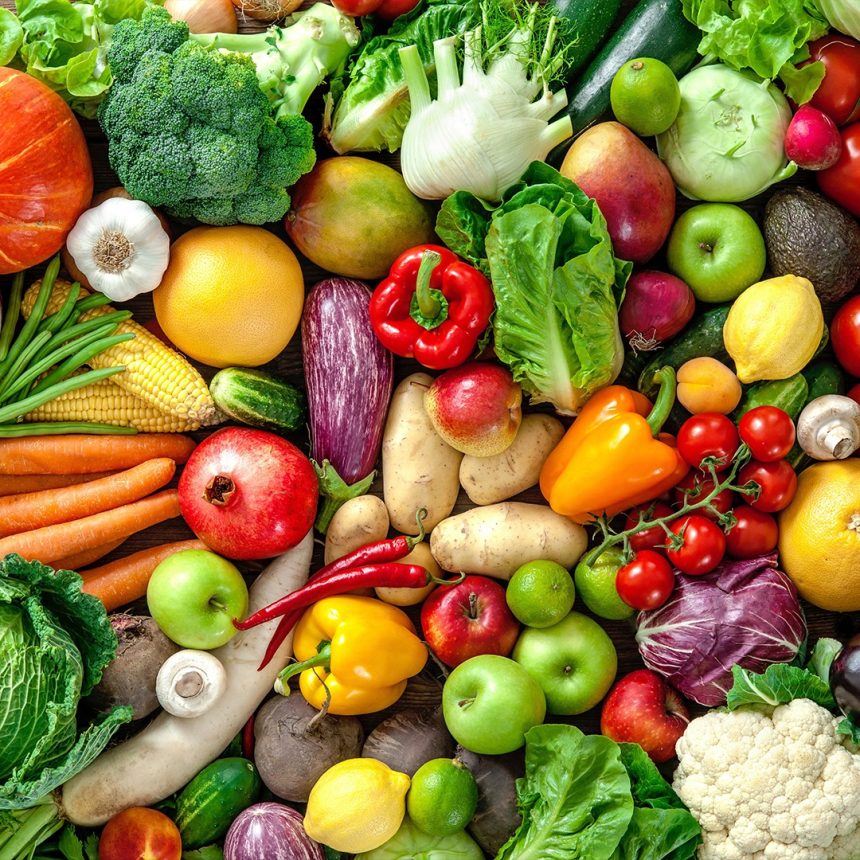Credit By: The Time
In a groundbreaking study, doctors and healthcare providers discovered that prescribing fruits and vegetables to patients led to increased produce consumption, weight loss, and substantial reductions in blood pressure. This innovative approach, known as “produce prescriptions,” represents a growing movement in healthcare to utilize food as a form of medicine, potentially preventing or alleviating chronic health conditions such as obesity, diabetes, heart disease, and high blood pressure.
The Power of Produce Prescriptions
Producing prescriptions seeks to address a critical issue: the link between nutrition and overall health. This approach recognizes that healthy eating can be a potent tool in preventing and managing chronic diseases, providing patients with the opportunity to improve their well-being through dietary changes.
The Largest Study of Its Kind
In the most extensive study of producing prescription programs, researchers examined 3,881 participants from low-income neighborhoods across a dozen states, from California to Florida. These individuals received vouchers or cards ranging from $15 to $300 per month, enabling them to purchase more fruits and vegetables from farmers’ markets and grocery stores.
The study’s focus extended beyond mere produce consumption. Researchers delved into participants’ cardiovascular health, food security levels, and self-reported health status, shedding light on the broader impact of these programs.
Boosting Produce Consumption
The results were significant. Adults in these produce prescription programs increased their daily fruit and vegetable intake by approximately 30%. By the program’s conclusion, adults reported consuming an average of 0.85 additional cups of fruits and vegetables per day, while children consumed 0.26 cups more, marking a 7% increase.
Tackling the Nutritional Deficiency Challenge
The Centers for Disease Control and Prevention (CDC) highlights that most Americans must meet the recommended daily intake of fruits and vegetables. The U.S. Agriculture Department estimates that to fulfil these dietary guidelines, an individual must allocate $63 to $78 per month to their grocery budget. A poor diet over time can lead to adverse health outcomes, underlining the pressing need for effective dietary interventions.
A Paradigm Shift in Healthcare
Kurt Hager, the study’s lead author, emphasizes the ongoing epidemic of diet-related illnesses. Traditionally, healthcare professionals had limited tools to improve their patient’s nutrition, with access to nutrition counseling being one of the few options. However, the innovative approach of producing prescriptions provides an actionable and impactful strategy to enhance nutrition and overall health.
A Dietary Approach Comparable to Medication
Notably, the study found that the impact of increased fruit and vegetable consumption on blood pressure was approximately half as effective as commonly prescribed medications. This underscores the potency of dietary changes in improving health outcomes.
Filling the Gap in Nutritional Education
The participants in these programs were either at risk of developing heart disease or Type 2 diabetes, and many struggled with food insecurity, which refers to a lack of access to sufficient, nutritious food. These programs, each lasting an average of six months, took place between 2014 and 2020 and have never been studied or evaluated.
The Role of Food Insecurity
One notable aspect of the study is the potential role of food insecurity in improving health. The decrease in food insecurity among participants suggests that these programs may alleviate the stress and anxiety of not knowing where their next meal will come from. Approximately 56% of households in the study were experiencing food insecurity.
The Need for Further Research
While the study highlights the positive impact of produce prescription programs, more research is necessary to establish a direct link between increased fruit and vegetable consumption and improved health outcomes. This study has limitations, including the absence of a control group and the absence of randomization, which may introduce other influencing factors.
The Future of Prescribing Food
Produce prescription programs have gained momentum in the last decade, particularly during the COVID-19 pandemic. However, rigorous randomized trials are required to establish a more systematic connection between these programs and improvements in blood pressure, blood sugar levels, and overall health.
A Promising Path Forward
Although precise dietary recommendations may require additional data, there is little doubt that a diet rich in fruits, vegetables, whole grains, and legumes can significantly improve health. As we strive to find more cost-effective ways to manage and reduce the risk of chronic diseases, the “prescribing food” approach remains promising. The Rockefeller Foundation has initiated a long-term effort, supported by the American Heart Association, to explore the feasibility and impact of “prescribing food” to solve these pressing health challenges.
In conclusion, as we confront the increasing burden of diet-related illnesses, innovative approaches like producing prescriptions offer hope. These programs significantly improve health outcomes, reduce healthcare costs, and combat chronic diseases plaguing our society.














Yes! Finally someone writes about vpn special coupon code 2024.